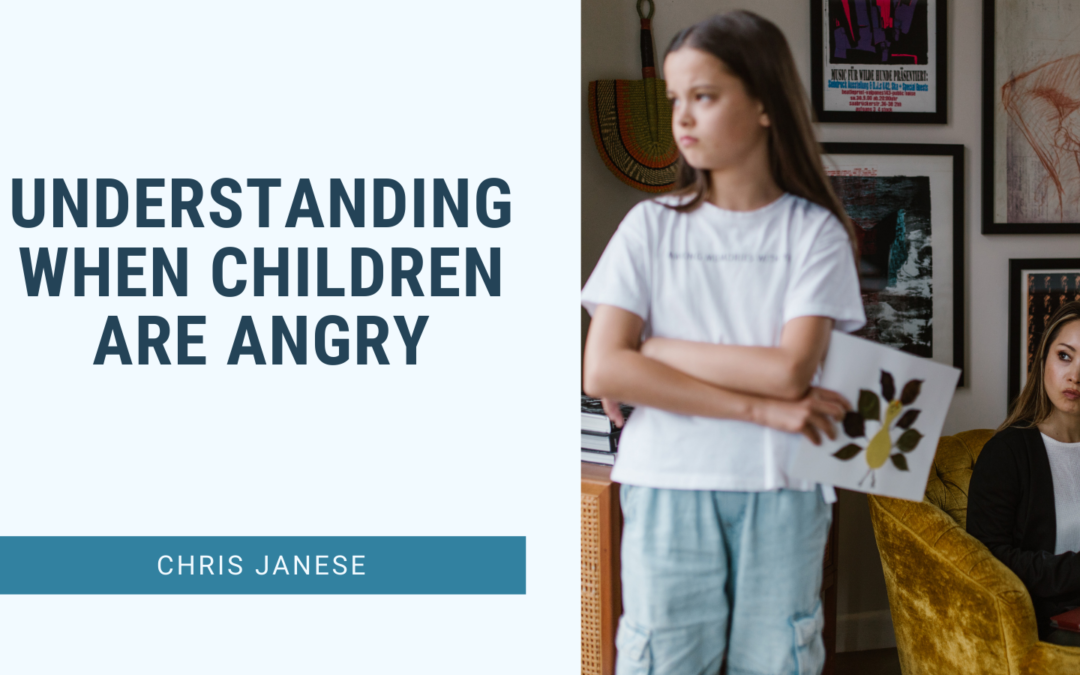Anger is a normal part of children’s daily lives, and though they may not express it in overt ways, parents should be alert to the emotional storm they are brewing. It is essential to understand when young children are angry because it can help them learn to manage their emotions appropriately and avoid behavior that could lead to aggression or harm. The following techniques will help you recognize anger signals in children of different ages.
Techniques to Understand When Children Are Angry
By the age of one, most children have learned to express their anger verbally. They may say no or stop it when angry, but they typically do not scream or hit. Parents should not look at this behavior as a discipline problem in growing children. Instead, it is a stage of development and a time for patience and assistance on your part.
Toddlers have a limited vocabulary to express their feelings, and their early attempts at labeling emotions are often in the form of a temper tantrum. It can be difficult for parents because it looks like defiance, but it is likely due to a refusal to give up a desired object or activity. Parents should not argue back with toddlers; instead, listen to them and explain why their behavior is unacceptable.
Two to three-year-olds can start taming their temper and expressing anger but still use it as a tool to get what they want. They may yell at parents or other children or throw objects. At this age, parents should look for clues to understand why the child is angry and then find a way around the issue. It is better to give in now than later on when they are old enough to hurt themselves with the objects they throw.
By the time children reach age four, they have learned to differentiate between angry and angry. If a child is angry at someone other than themselves, this behavior is not problematical as long as the child understands that it is okay for others to be mad at them. Verbal disagreements are delicate and can be resolved, but physical fighting is unwise.
By age five, children can identify when they are upset or are upset with others. These are the years that children start carrying grudges and angering easily, so parents need to let them know it is okay to be angry at others. Also, be sure to explain that this doesn’t permit them to lash out physically.
The signs of anger are easy to spot as children grow, but it is also essential for parents to understand that young children cannot articulate what they are upset about or why. These emotions can be compelling and dangerous for young children, so parents must intervene when they notice angry behavior.
